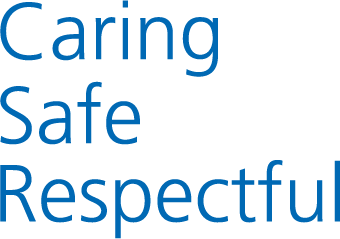When your teenager is glued to their smart phone or tablet, it can be difficult to know what kind of activity they get up to online and how this can affect them.
Research shows spending lots of time online looking at pictures of celebrity idols, tweeting the latest fad diet or pinning new workout routines can be detrimental to a young person’s self-esteem - (Andreassen, Pallesen, & Griffiths, 2016; Burrow & Rainone, 2016; Woods & Scott, 2016).
Although social media apps often ban content that condones or promotes eating disorders, pro-anorexia or thinspiration posts can often be found on social media apps and can be very harmful to recovery.
Some parents and carers find it difficult to talk to their teenagers about how they use social media. Are they looking at harmful material? Should I take away their phone? How do I make sure they are protected?
Here are some tips:
Have the conversation early and often
Because the internet has become so embedded in the lives of children and young people, it’s important to open the conversation early. It can be difficult to isolate a long period of time to talk to your child or teenager about online safety, so little and often is a good rule of thumb to go by.
Explore online together
Don’t be afraid to show a genuine interest in what your child does online; ask them to show you their favourite app or game. This puts the child in the expert seat; you’re learning from them while supporting and encouraging online safety.
Know who your child is talking to online
Children and young people can often get confused about what a “friend” is online. They can meet new people through social media and online games. It’s important to explain to your child that it’s easy for people to lie about themselves online, because they have never met them.
Set rules and agree boundaries
Children and young people can often get confused about what a “friend” is online. They can meet new people through social media and online games. It’s important to explain to your child that it’s easy for people to lie about themselves online, because they have never met them.
Make sure that content is age-appropriate
Make sure that what your child is looking at online is suitable for them. Age limits for websites are in place for a reason.
Use parental controls
Don’t be afraid to use parental controls. These can be really helpful in preventing your child from seeing unsuitable or harmful content. However, make sure these are adjusted for your child’s age as appropriate, and be open to discussions of removing the filters if it’s deemed appropriate.
Check they know how to use privacy settings
Make sure your child is aware of privacy settings and knows how to report harmful behaviour. The majority of social media platforms that require an account to be set up will have adjustable privacy settings; it’s not just important to teach your child how to use them, but for you to be aware of what your child may be vulnerable to.
To find out more, head over to the NSPCC website. NSPCC have paired up with O2 to ensure children remain safe online while they socialise, play, and have fun.




